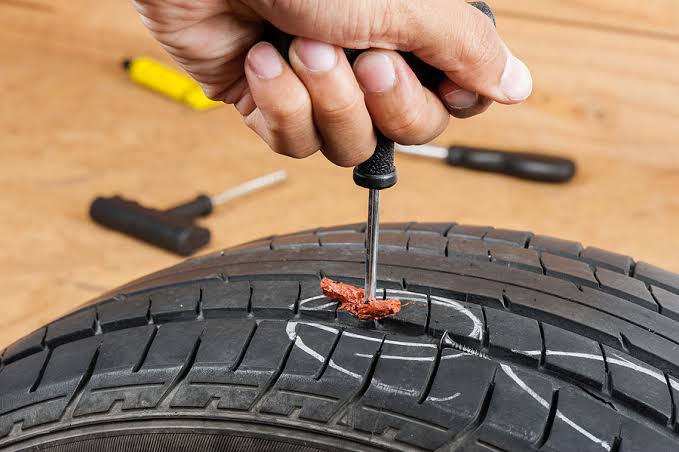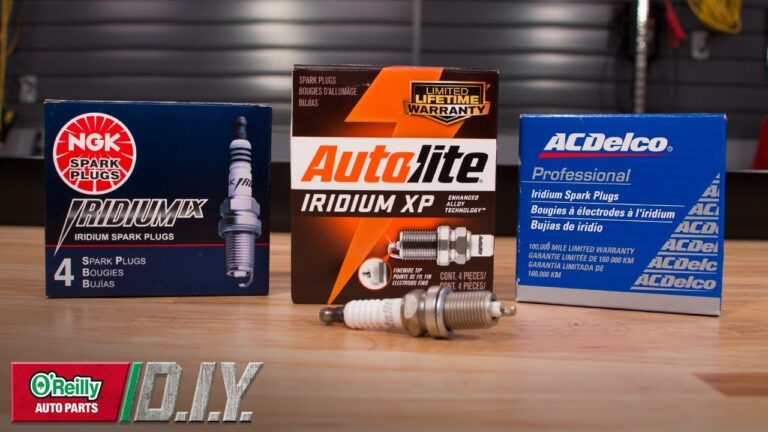Does Plugging a Tire Work?

Flat tires can be a hassle, but plugging a tire is one of the quickest and most affordable ways to get back on the road. However, you might wonder, does plugging a tire work, and is it a long-term solution? This article explores how tire plugging works, its effectiveness, and whether it’s the right option for your tire repair needs.
What Is a Tire Plug?
A tire plug is a sticky, rubberized strip inserted into a puncture to seal it from the inside. The plug expands as it bonds to the tire, preventing air from escaping and ensuring the puncture remains sealed.
Tire plugs are commonly used for small punctures caused by nails, screws, or other sharp objects. They are designed for temporary or emergency repairs but can sometimes serve as a long-term fix under certain conditions.
How Does Plugging a Tire Work?
1. Identifying the Puncture
First, locate the puncture on the tread area of the tire. Plugs are effective for holes in the tread but should not be used for damage to the sidewall or near the shoulder.
2. Preparing the Area
The area around the puncture is cleaned and reamed with a special tool to create a smooth surface for the plug to adhere to.
3. Inserting the Plug
The sticky plug is threaded through a tool and pushed into the puncture. Once inserted, the excess is trimmed, leaving the plug flush with the tire surface.
Does Plugging a Tire Work as a Long-Term Solution?
While tire plugs are effective, they are typically intended as a temporary fix. Whether they work long-term depends on several factors:
1. Size of the Puncture
- Plugs work best for punctures smaller than ¼ inch in diameter.
- Larger holes or irregular tears may require patching or tire replacement.
2. Location of the Damage
- Plugs are suitable for punctures in the tread area.
- Damage to the sidewall or shoulder cannot be safely repaired with a plug.
3. Professional Installation
A professionally installed plug has a higher chance of lasting longer than a DIY repair.
4. Combination Repairs
For a more durable solution, many professionals recommend combining a plug with an internal patch, known as a plug-patch repair.
Advantages of Plugging a Tire
1. Quick and Convenient
Plugging a tire is a fast repair that can be done in minutes, making it ideal for emergencies.
2. Affordable
Tire plugs are one of the most cost-effective repair options.
3. Effective for Certain Punctures
For small punctures in the tread area, plugs can seal the damage effectively and restore tire functionality.
Disadvantages of Plugging a Tire
1. Limited Longevity
Plugs are not always reliable for long-term use, especially if improperly installed or if the puncture is large.
2. Not Suitable for All Damage
Plugs cannot repair sidewall damage or punctures near the tire shoulder.
3. Risk of Air Leaks
If the plug is not inserted correctly, it may not seal the puncture completely, leading to air leaks.
When Should You Plug a Tire?
Plugging a tire is appropriate under the following conditions:
- The puncture is in the tread area.
- The hole is less than ¼ inch in diameter.
- The tire has minimal wear and damage.
- It’s a temporary solution until a more permanent repair can be made.
When Should You Avoid Plugging a Tire?
Avoid plugging a tire if:
- The damage is on the sidewall or shoulder.
- The hole is larger than ¼ inch.
- The tire has significant wear, cracks, or other damage.
- The puncture is irregularly shaped or caused by a tear.
Are Plugged Tires Safe?
A properly plugged tire can be safe for driving, especially when combined with a patch. However, for high-speed or long-distance driving, it’s better to replace the tire or opt for a professional repair to ensure safety.
How Long Can You Drive on a Plugged Tire?
A plugged tire can last for weeks or even months under normal driving conditions, but it’s not guaranteed. Factors such as driving habits, road conditions, and the quality of the repair affect its longevity.
FAQs
1. Can you plug a tire more than once?
It’s not recommended to plug a tire more than once. Multiple plugs can weaken the tire’s structural integrity.
2. Can you plug run-flat tires?
Run-flat tires are not designed to be plugged. Consult a professional for proper repair or replacement.
3. How much does it cost to plug a tire?
The cost of plugging a tire ranges from $10 to $30, depending on whether it’s a DIY repair or done by a professional.
4. Can a plugged tire handle high speeds?
While plugged tires can handle everyday driving, high-speed or aggressive driving puts extra stress on the repair. Consider replacing the tire for added safety.
Conclusion
So, does plugging a tire work? Yes, plugging a tire is an effective solution for small punctures in the tread area. It’s quick, affordable, and convenient, making it ideal for emergencies. However, it’s not a permanent solution for all types of tire damage. For the best results, consider combining a plug with a patch or consulting a professional to ensure your tire is safe and roadworthy.
Always prioritize safety—if in doubt, replace the tire instead of risking further damage or potential hazards.
Also Check:





